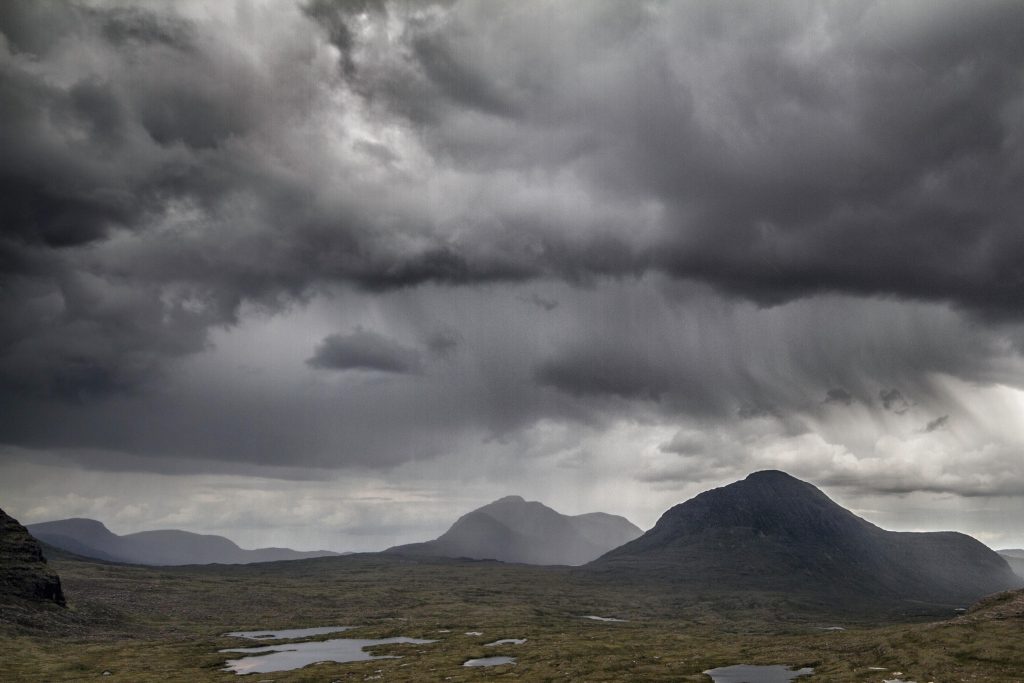It’s becoming increasingly evident that global warming entails more than just rising temperatures. Extreme weather events are becoming increasingly frequent in many regions of the world, necessitating an urgent need to plan for these changes.
A research team led by the University of Tsukuba projected more frequent and severe extreme downpour events across East Asia caused by a weather phenomenon known as “atmospheric rivers” in a recent study published in Geophysical Research Letters.
Long, narrow regions of intense water vapor pouring through the atmosphere are called atmospheric rivers. When one of these bands collides with a barrier, such as a mountainous region, significant rain or snowfall might result. In the recent decade, parts of East Asia have seen severe disastrous events like this, with substantial socioeconomic effects.
“To investigate the behavior of atmospheric rivers and extreme precipitation over East Asia under projected climate warming, we used high-resolution global atmospheric circulation model simulations as well as regional climate model downscaling simulations,” study author Professor Yoichi Kamae explained.
“We compared simulations based on historical meteorological data from 1951 to 2010 with future simulations based on the year 2090 under a climate scenario with 4 degrees Celsius of warming of the global-mean surface air temperature.”
Future projections indicated greater precipitation and enhanced water vapor movement, including record-breaking downpour events in East Asia influenced by atmospheric river occurrences.
The highest amounts of atmospheric rivers fell on the southern and western slopes of mountains in East Asia, including Japan, the Korean Peninsula, Taiwan, and northeastern China. The southwestern slopes of the Japanese Alps received the most rainfall.
The geographical scope of this study was confined to East Asia due to computational constraints in combining the models. Professor Kamae, on the other hand, believes that “Our findings are likely also applicable to other regions of the mid-latitudes where interactions between atmospheric rivers and steep mountains play a major role in precipitation, such as in western North America and Europe. These regions may also experience more frequent and intense extreme precipitation events as the climate warms.”

